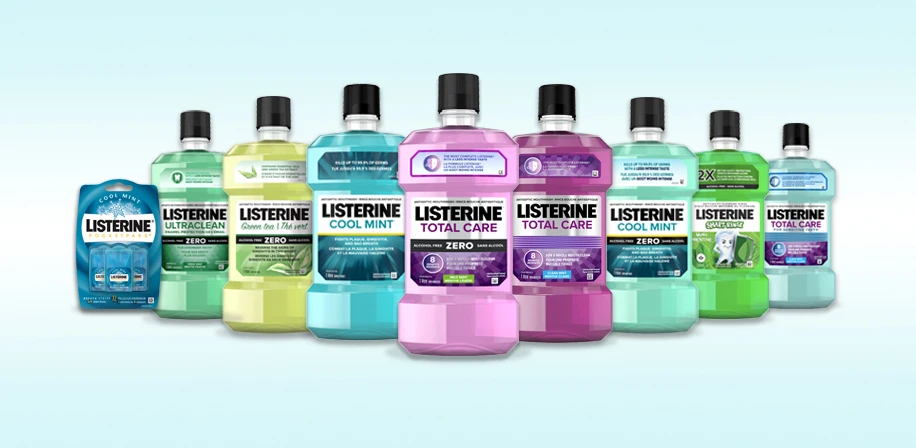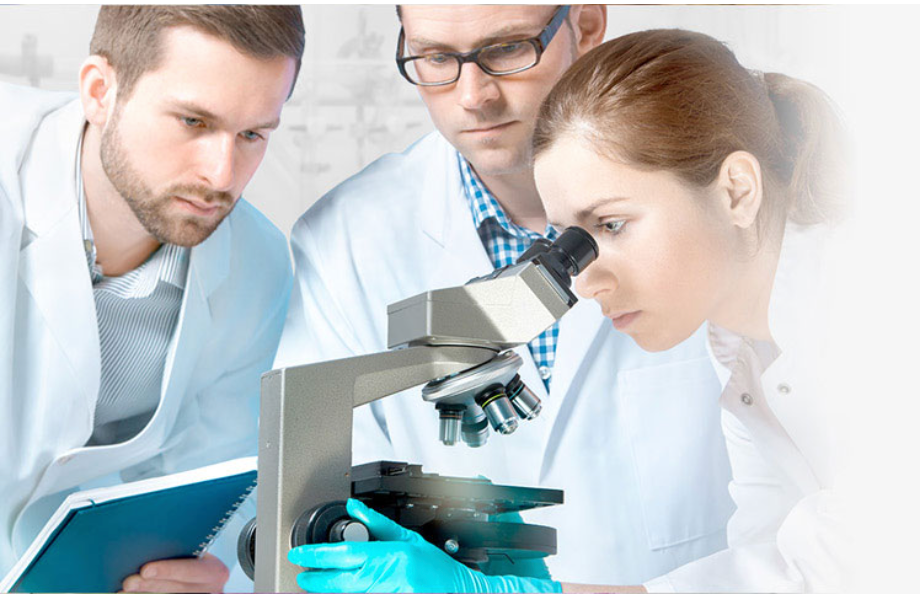Efficacy of pre-procedural rinsing with an antiseptic in reducing viable bacteria in dental aerosols
- Fine DH, Mendieta C, Barnett ML, Furgang D, Meyers R, Olshan A, Vincent J. J Periodontol. 1992 Oct;63(10):821-4.
Objective
To evaluate the effect of pre-procedural rinsing with an antiseptic mouthrinse on the level of recoverable viable bacteria in an aerosol generated during a typical dental procedure.
Methodology
Randomized, controlled, observer-blind, parallel-group clinical study of subjects with mild-to-moderate gingivitis.
18 subjects received a 10-minute ultrasonic scaling of half of their mouth, randomly assigned, following a 24-hour period of no oral hygiene. They were then instructed to rinse for 30 seconds with 20 mL of either LISTERINE® or a hydroalcohol control rinse, after which the remaining half of their mouth was scaled. Aerosol samples were collected during both scalings. One week later, these procedures were repeated with the alternate rinse.
Results
LISTERINE® produced a 94.1% reduction in colony-forming units (a laboratory measure of viable bacteria) compared to the baseline level, while the control produced only a 33.9% reduction. The difference between LISTERINE® and control was statistically significant (P >0.001).
Conclusion
This study indicates that pre-procedural rinsing with an antiseptic mouthwash can significantly reduce the microbial content of aerosols generated during ultrasonic scaling and may have potential in-office use as part of an infection control regimen.

LISTERINE® Antiseptic
Explore our wide selection of LISTERINE® Antiseptic products

